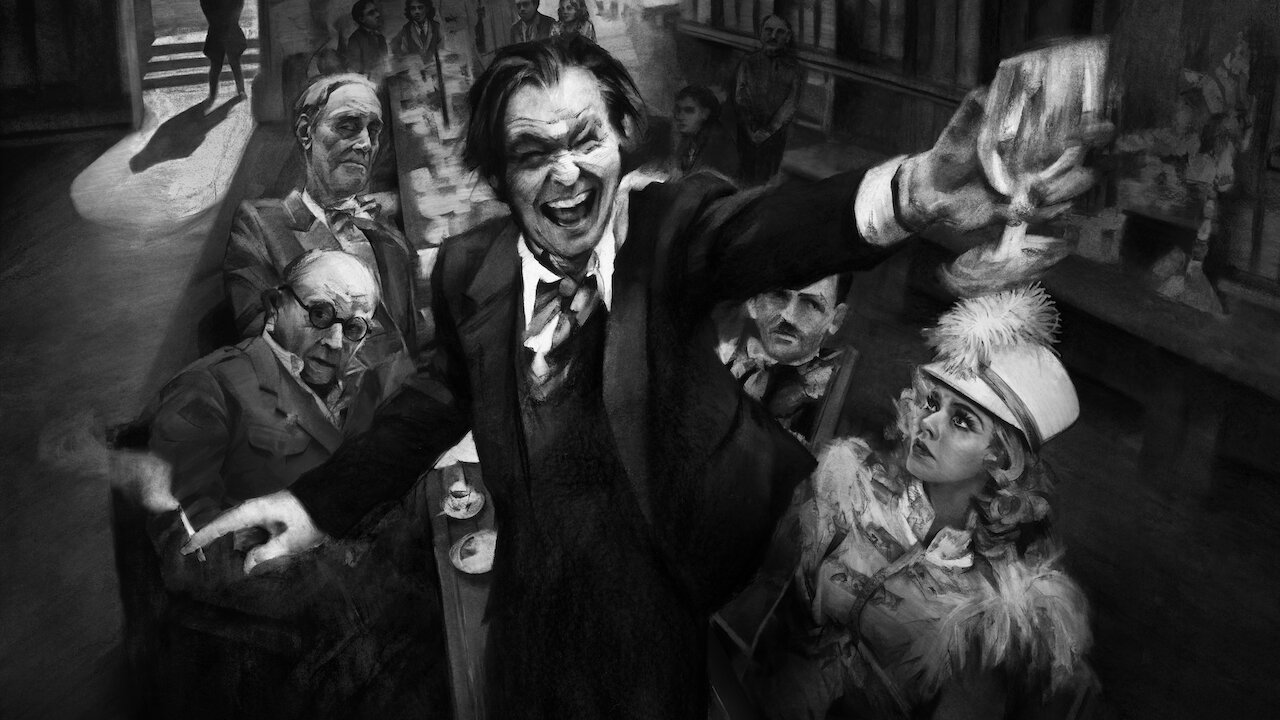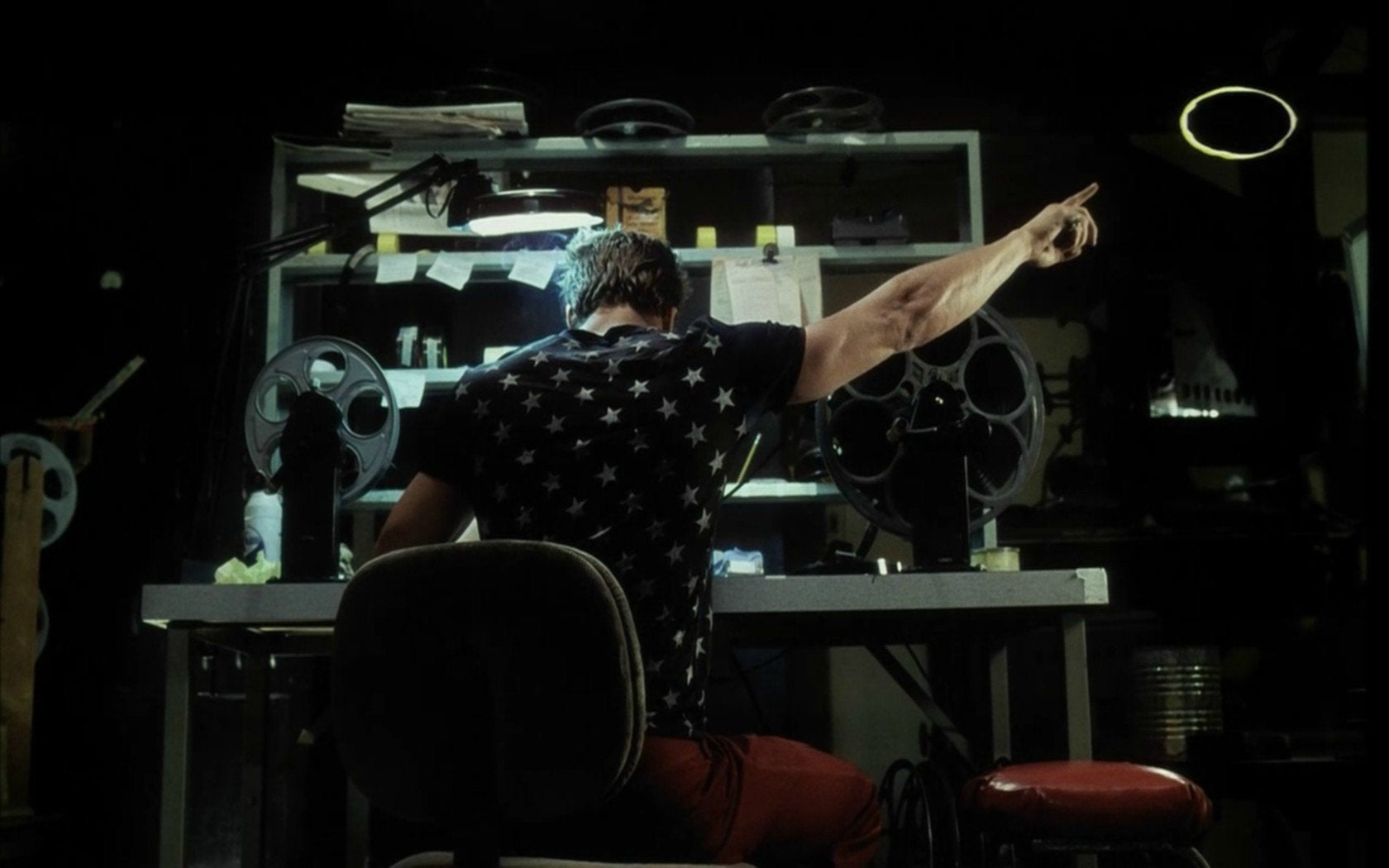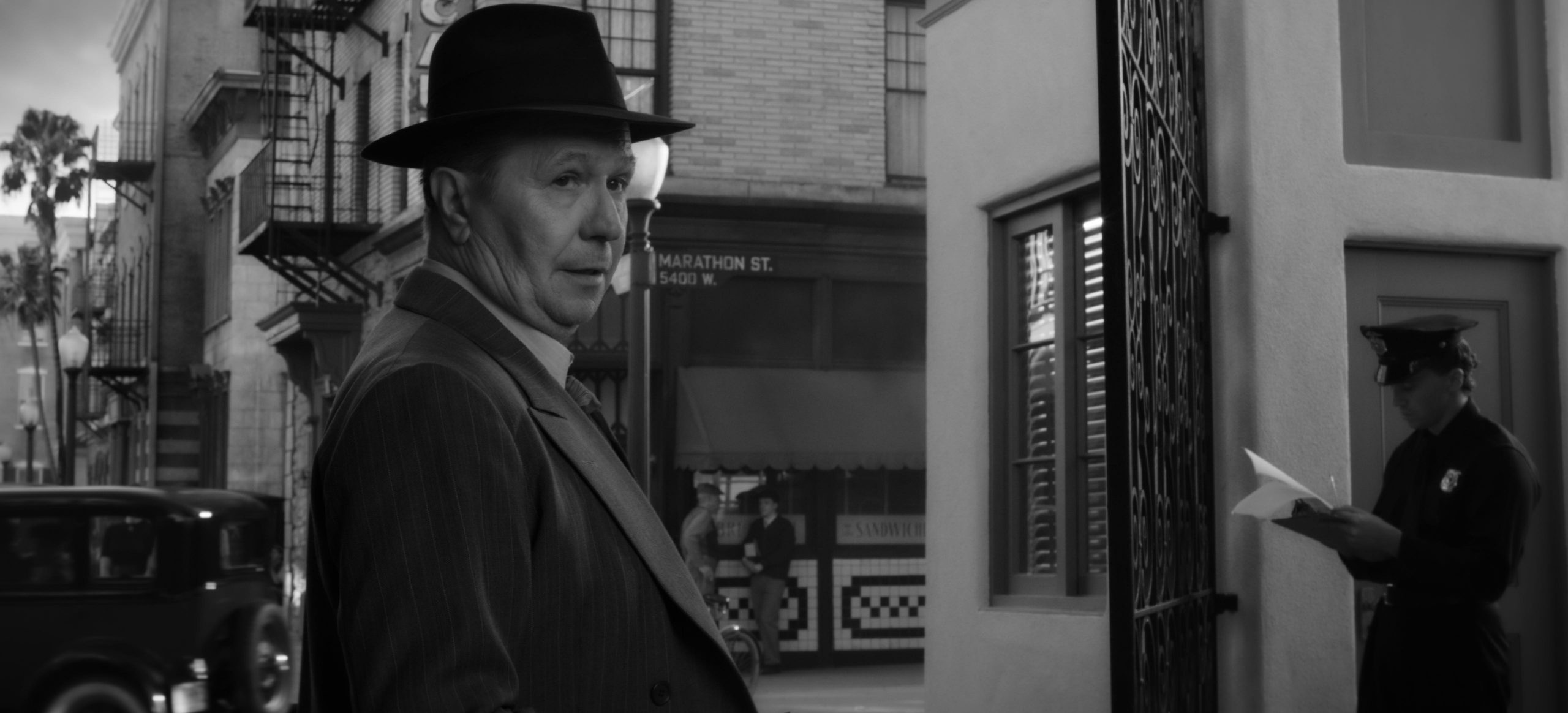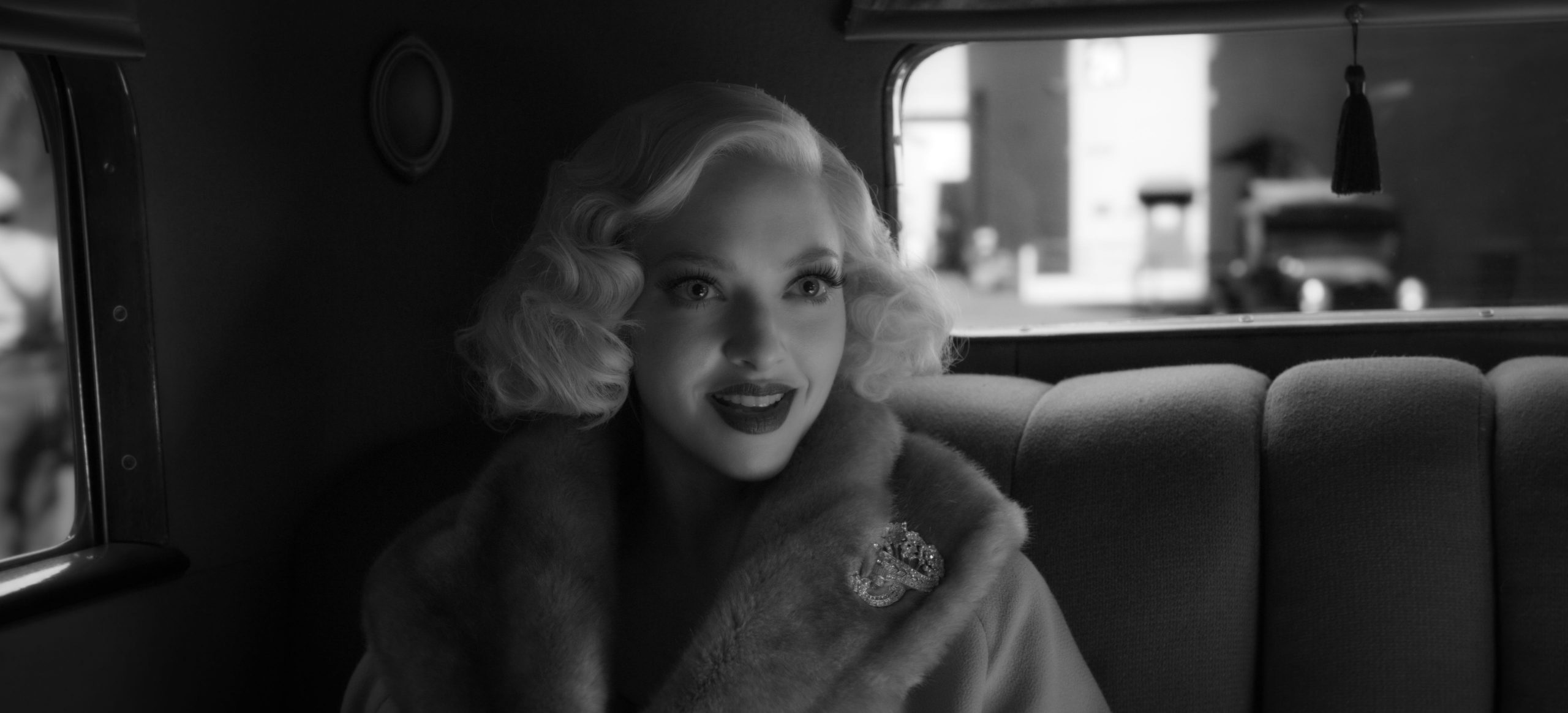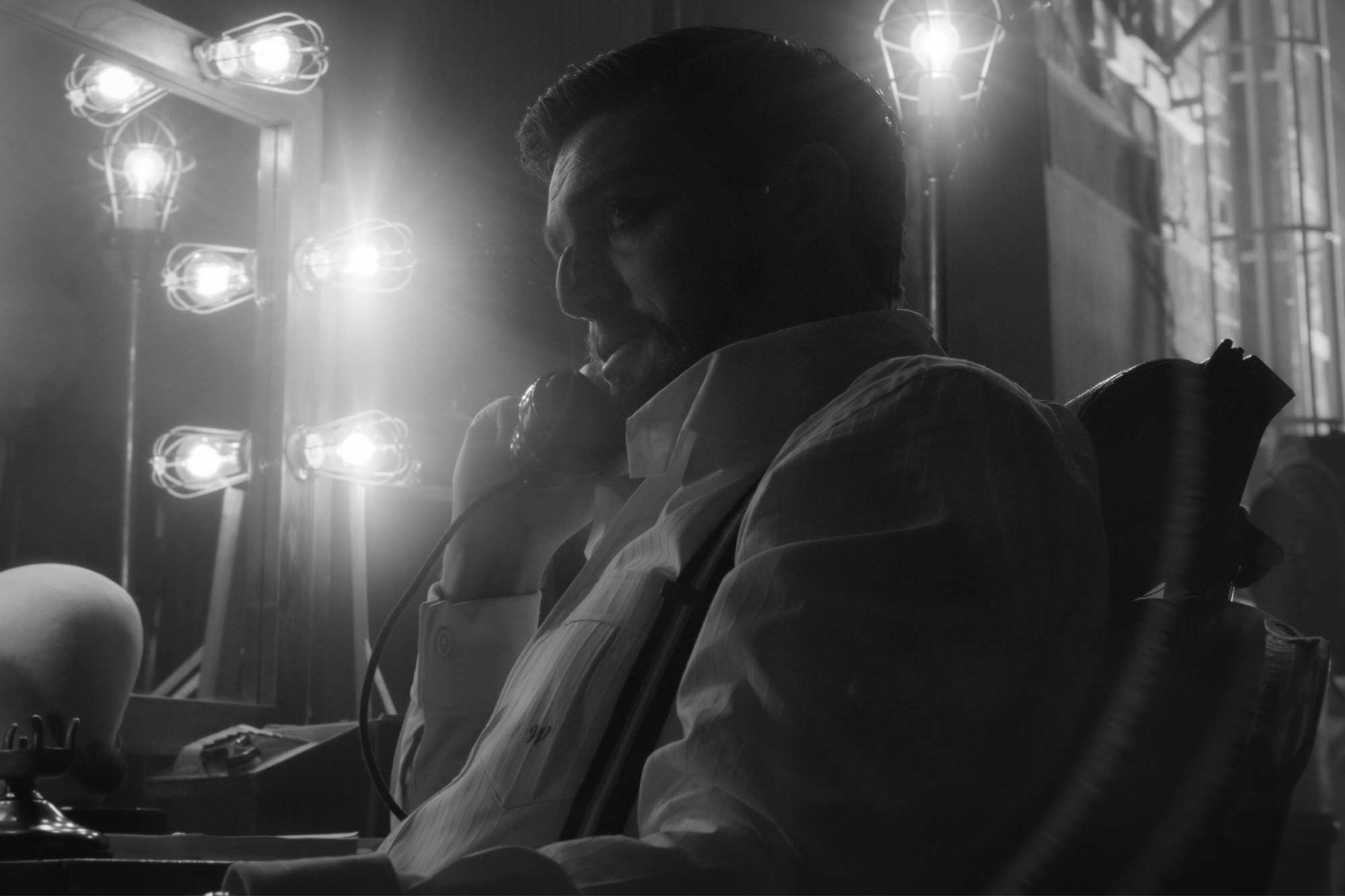‘Mank’ – Movie Review
Mank is David Fincher’s latest movie, available to stream on Netflix worldwide now.
This is the first feature film Fincher directs since 2014’s Gone Girl. Since then, he created the critically-acclaimed Netflix series Mindhunter, and even directed several episodes from both seasons. That show is now canceled, or at least it seems like Fincher is not coming back. He also executive-produced another Netflix show, Love, Death and Robots, created by Tim Miller.
Last year, it was reported that his next project would be bringing to life a screenplay his late father wrote before his unfortunate passing back in 2003. It followed the journey of Herman Mankiewicz writing the screenplay for Citizen Kane. Gary Oldman would play the titular character of Mank, with Amanda Seyfried and Lily Collins attached as co-stars.
David Fincher is my favorite director working today, and the idea of him making a movie about the making of Citizen Kane is something I’ve been salivating for over a year now. I consider The Social Network to be pretty much a perfect movie, and it is in fact my #3 favorite film of all time. I think the guy is a genius, and him tackling a project he is so passionate about, like this one, felt like a match made in heaven. He is obviously very knowledgeable of Hollywood history, so the idea of bringing his sensibilities into a project like this one is something that excited me to no end.
Therefore, it pains me to say that, upon first watch, I didn’t love the movie. I’ll explain my reasons now, but I think it’s important to keep in mind that I’ve only seen it once. First of all, I think I should begin by saying that David Fincher has done it. He made a movie from the 1940s. This movie looks like and sounds like a movie that was released 80 years ago. There are a lot of visual callbacks that will go over everybody’s heads unless they are at least familiar with how movies felt like and how they were made back then.
One of the most obvious ones is the now-famous cigarette burn, which was explained in Fincher’s other film, Fight Club. It was basically an indication to the projectionist that it was time to change reels. These cigarette burns are all over Mank.
Another very interesting callback to movies made in the 1930s and 1940s is that I don’t think any ceilings were featured in Mank. I could be mistaken about this, and like I said, I’ve only seen the movie once, so this could not be the case at all. Back when silent movies started going away, one of the biggest problems the filmmakers had was where to hide the microphones. This would lead to very funny scenarios like the one presented in Singin’ In The Rain. Typically, they were just placed in the ceiling, so if you notice, it’s not very common that a movie made in the 1930s has a shot of a ceiling. So much so that one of the biggest achievements by Citizen Kane, at least in the technical side of the process, was photographing ceilings.
There are many more visual callback to the movies made in that era, especially in the lighting aspect of the process, but I won’t be covering it all here. Knowing Fincher, I’m convinced he used a lot of CGI to achieve this aesthetic look, and he made it feel seamless.
On the technical side, this film is marvelous. I would have loved to see this on a giant screen, with the best sound possible. I’m sure that had we not been in the middle of a pandemic, I would have been able to do so, much like last year when I watched The Irishman and Marriage Story in theaters before they came out on Netflix.
The sound design of this movie is absolutely insane. There is so much attention paid to detail, and you can just hear the 1940s through the speakers. I was enamored by it, and I’m convinced it will be the front-runner for both sound categories next April.
The performances are outstanding all across the board, especially in the two main characters, Gary Oldman’s Mank and Amanda Seyfried’s Marion Davies. They will probably land a nomination each, and deservedly so. Oldman did his best to play a drunk and self-destructive personality, who goes around making people feel uncomfortable and never shuts his mouth about anything, while at the same time finding little moments all throughout the movie to make him feel sympathetic.
There are two particular scenes in which both Fincher (actually, father and son) and the cast got a moment to shine, and the two of them feature Mank and William Randolph Hearst in the middle of a large crowd. In the first one, the L.A. elite of the time was celebrating Hearst’s birthday, and in the very long scene that took place, everybody was sitting in their chairs, debating. And there, magic happened. The script is so meticulously written that it feels like a natural conversation that starts with something quite simple and even naïve, and then it all quickly escalates and people are throwing knifes at each other disguised as nice words. In the middle of it all, Mank is having the time of his life.
David Fincher directed this scene to perfection, both with his camera movements and his editing. This scene reminded me a lot of The Social Network, in which you also had a bunch of characters going verbally at it, and we as an audience get to see it through very intense and tailor-made editing. It almost felt like a surgeon cut that scene.
The other one is, of course, the party which Mank breaks into. To try to remain spoiler-free, I won’t give further details, but if you’ve seen the movie, you know what I’m talking about when I say what an excellent performance.
In both of those scenes, as I said, William Randolph Hearst is also present, played by Charles Dance, who the world knows as Tywin Lannister form Game of Thrones. While my knowledge on Hearst is actually pretty limited, I have to say that I feel like Dance did an amazing job making him feel like a Tywin Lannister of the era, while at the same time, a guy who was friend of his friends. Another excellent performance.
Orson Welles is also featured in this movie, played by Tom Burke. His presence is rather an ominous one, like someone who is always watching, but you don’t actually get to see his face a lot. He is often on the phone, and when he shows up, there is a reason for it. While he felt like the Orson Welles I know from the stories I’ve heard and the movies I’ve watched, I have to say that his goatee (while probably incredibly accurate in historical terms) did throw me out a whole lot. To me, it felt like I was watching Charles Foster Kane with a funny beard.
But let’s get to the negatives of this movie, because while there are not many, their weight is felt all throughout the movie. It basically comes down to this – this movie is too complicated. And I’m not saying that as “I’m too dumb to understand this movie,” but rather as a “hey, I know the basic things about 1930s Hollywood and how Citizen Kane was made, and even I am completely lost on what is going on most of the time.”
The structure of the movie is basically emulating that of Citizen Kane, with an opening scene setting up a conflict (Mank has to write a script while having to stay in bed because of an injury, as well as having a lot of personal problems vs. a journalist investigating what Kane’s last word, “Rosebud,” means), and then the rest of the story is told both through flashbacks and present-time events. The flashbacks are used as a tool to give us an insight into how everything went down.
But the story it tells in those flashbacks is a mix of the history of MGM studios in the 1930s trying to compete with the rest of the players in town, with the political history of the 1934’s California gubernatorial election. If you don’t know any of the players of both of those stories, you need to almost memorize the events that are being described and the names that are dropped. This is not World War II or even the Cold War, something that is known by pretty much everybody who’s had any kind of education. It is not a story most people know.
I have to say, though, I like it when films challenge us. I get pretty bored when a filmmaker underestimates its audience, and thinks they won’t get it so we better explain it 50 times over. But there has to be a balance. I will probably be rewatching this movie before the Oscars next year in order to try to see if I can pick things up better.
The script is also very dense. I have a feeling it will get nominated, and it probably deserves that nomination. But to me it felt like Succession in the 1930s, with people speaking with very stilted, compound words. Lines are beautifully written, but that you have to stop for a second and think “Ok, what did they just say exactly? And what does it mean in the context of everything that is going down?” I saw this movie on a Saturday night, so maybe I was just tired and my brain wasn’t fully operational, but that’s what it felt like to me at least.
Overall, Mank is a pretty wild ride of a movie, with tons of references for movie lovers to geek out over, and with a very complex but meticulously crafted story told through the eyes of a director who knows what he is doing.
The movie was directed by David Fincher, and it was written by his late father, Jack Fincher. It was produced by Ceán Chaffin, Eric Roth, and Douglas Urbanski. Erik Messerschmidt acted as the cinematographer, with Kirk Baxter as the editor. Trent Reznor and Atticus Ross (who already won an Oscar for their last collaboration with Fincher in The Social Network) did the score for the movie, which was outstanding. The cast includes Gary Oldman, Amanda Seyfried, Lily Collins, Arliss Howard, Tom Pelphrey, Sam Troughton, Ferdinand Kingsley, Tuppence Middleton, Tom Burke, Joseph Cross, Jamie McShane, and Tony Leonard.
Mank is available to watch right now on Netflix.
Miguel Fernández is a Spanish student that has movies as his second passion in life. His favorite movie of all time is The Lord of the Rings, but he is also a huge Star Wars fan. However, fantasy movies are not his only cup of tea, as authors like Scorsese, Fincher, Kubrick or Hitchcock have been an obsession for him since he started to understand the language of filmmaking. He is that guy who will watch a black and white movie, just because it is in black and white.

